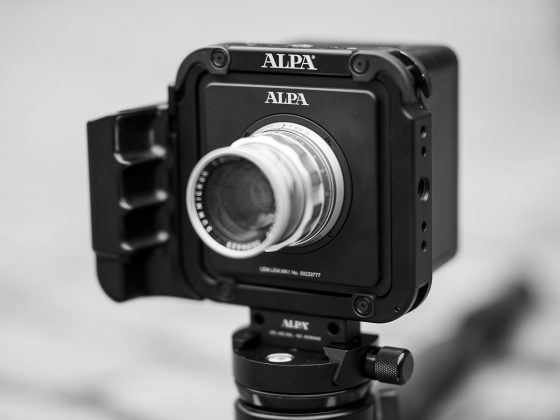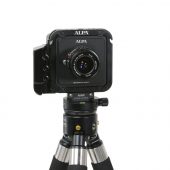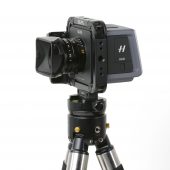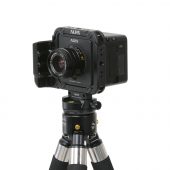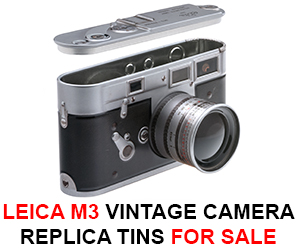Alpa announced a new lens module for Leica M lenses that will offer the possibility to adapt Leica M lenses to Alpa medium format cameras (with some vignetting):
05.2018 – With the Leica-M lens module, ALPA has created the possibility of using lenses with M bayonet on ALPA cameras. With the new lens module ALPA offers the possibility to use additional “lenses with character” on the ALPA 12 cameras. Since the M lenses are designed for a support dimension of only 27.80 millimeters, the ALPA 12 FPS shutter unit cannot be used with this lens module, a limitation that already applies to the ALPA 35 mm lens module. This means that these lenses can only be used with a digital back that has an electronic shutter function. Currently this is the IQ3 100MP back of Phase One and with certain limitations (fastest shutter speed 1/8s) also the Hasselblad H6D 100c.
Basically, when using lenses with M bayonet, it must be taken into account that the majority of these lenses were calculated for an image circle that illuminates the 35mm format 24 x 36 millimeters. Because the format of the IQ3 100MP back of Phase One is 40 x 53 millimeters, the vast majority of M bayonet lenses do not illuminate the entire sensor format. In principle, the usable image circle increases the longer the selected focal length is. However, since this may be offset by mechanical vignetting due to the narrow bayonet, the suitability of each lens must be checked beforehand.
The Leica-M ALPA lens module is primarily aimed at experimentally oriented users who want to use existing lenses with an M bayonet with their ALPA camera. And there was and still are a large number of lenses, many of which date from the analogue era, such as the ZM lenses from Carl Zeiss and many lenses from Ernst Leitz Wetzlar, Ernst Leitz Canada and Leica Camera in Solms. In this context, the newly launched Thambar-M 2.2/90 could receive special attention. Which M lenses can be used with a digital camera, especially with the Phase One IQ3 100MP back, each user has to decide for himself.
In addition to the M lenses of the Leica and Zeiss brands, there were and still are numerous other M-compatible models. Minolta also produced Rokkor lenses with M bayonet for the Minolta CL and CLE. Konica also supplied lenses on a small scale with the Konica KM bayonet, which were produced for the Konica Hexar RF camera. In contrast to the widely used view, the Konica lenses are also designed for a support dimension of 27.80 millimeters. Possible deviations are rather production-related. The German manufacturer Rollei Fototechnic supplied the two lenses Sonnar 2.8/40 mm HFT and Planar 2.8/80 mm HFT with M connection for the Rollei 35 RF camera. The 40 mm lens is connected to the Rollei 35 S and the 80 mm lens to the medium format cameras from Rollei. Both lenses were mounted with lens sets manufactured under license from Carl Zeiss in Germany in frames from Japan.
The current lenses with M bayonet, which have already been calculated for digital use, include the Voigtländer Hyper Wide Heliar VM 5.6/10 mm, Ultra Wide Heliar III VM 5.6/12 mm and Super Wide Heliar III VM 4.5/15 mm. In addition, the Voigtländer VM lens range also includes several high-intensity Nokton models. Voigtländer describes its entire current lens range with VM bayonet from 12 to 75 millimeters as suitable for full-frame digital cameras. In addition, further lenses with M-mount have been and are mainly manufactured in Japan in small series, some of which are offered under various brand names.
Within each usable image circle, however, any format can be cropped and the user is much freer in the design choice and not just limited to the classic Leica 3:2 aspect ratio. The ALPA lens module for Leica M therefore opens up completely new design possibilities for the interested photographer.
